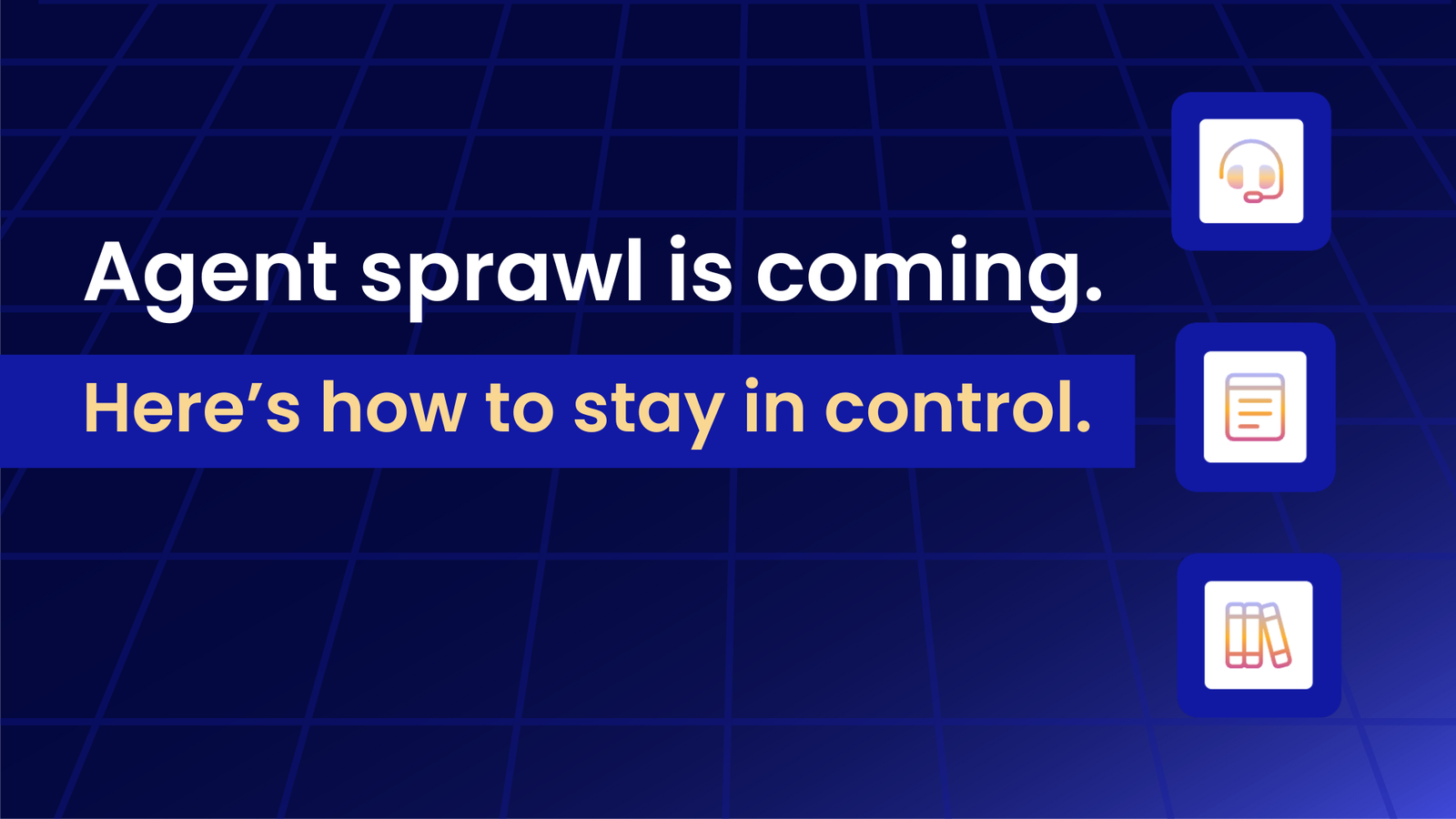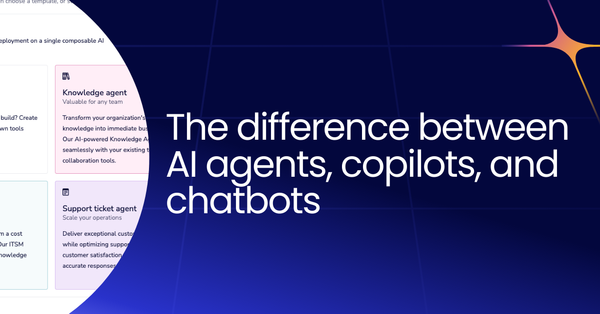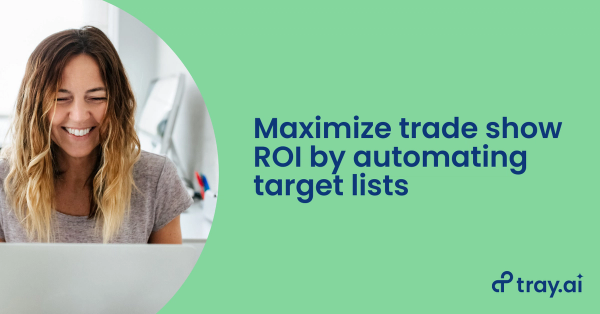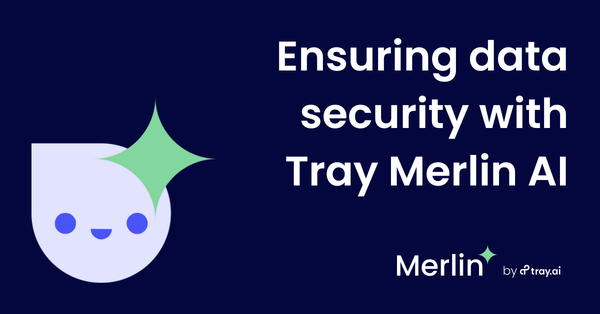This article was originally published by Rich Waldron, Tray.ai co-founder and CEO, on LinkedIn.
When SaaS adoption took off, buying software became easier, implementation got faster, and central governance started to slip. Over time, teams began picking their own tools, building their own workflows, and creating silos. While usually done with good intent, it was often done without coordination, resulting in a sprawling mess of systems that IT had to untangle after the fact.
Now, AI is moving 10x faster. This time, instead of just buying tools, teams are building agents.
Sales wants a forecasting agent.
Marketing wants a campaign performance agent.
IT wants a provisioning agent.
Finance wants an approvals agent.
Support wants one in Slack.
Everyone has a use case. Everyone has a tool.
Without orchestration, every agent becomes a new silo and suddenly, the team that’s supposed to be leading AI strategy is stuck refereeing it.
Sound familiar?
What is agent sprawl?
It’s what happens when every team builds agents independently, often on different platforms, with different logic, inconsistent access to data, and no shared governance.
To be clear: It’s not malicious. It’s momentum. Every team should have its own agent, or agents, that take care of those routine, repetitive, low-values tasks.
But just like SaaS sprawl, it starts with good intentions and ends with IT spending more time managing fragmentation than driving value for the org.
Here’s what we’re already seeing from recent convos with enterprises:
- Agents doing overlapping or redundant tasks with different logic
- No standard way to control access, model selection, or data handling
- Teams unable to answer basic questions like:
- What’s this agent doing? Who built it? Is it still running?
You can’t scale agents without orchestration
Successful enterprise agent adoption won’t come from building more agents. It comes from building the infrastructure to manage them.
If agents are going to operate across systems, trigger workflows, and make decisions based on sensitive data, you need a foundation that provides:
- Centralized control over how agents are deployed and what they can access
- Observability into what agents are doing and why
- Governance around model usage, permissions, and auditability
- Reusability so you’re not rebuilding logic from scratch every time
“But we need to move fast and this will slow my teams down.”
It’s like in bowling. Speed doesn’t always equal success. If you want to knock down pins at every roll, you need guardrails.
The companies that get this right won’t just build more agents. They’ll build better ones
We’ve seen this story play out before: the companies that win aren’t the ones with the most tools. They’re the ones with the right architecture.
The ones who think beyond the first agent and start building for the tenth.
Let me know what you’re seeing. Is agent sprawl already happening inside your org?




